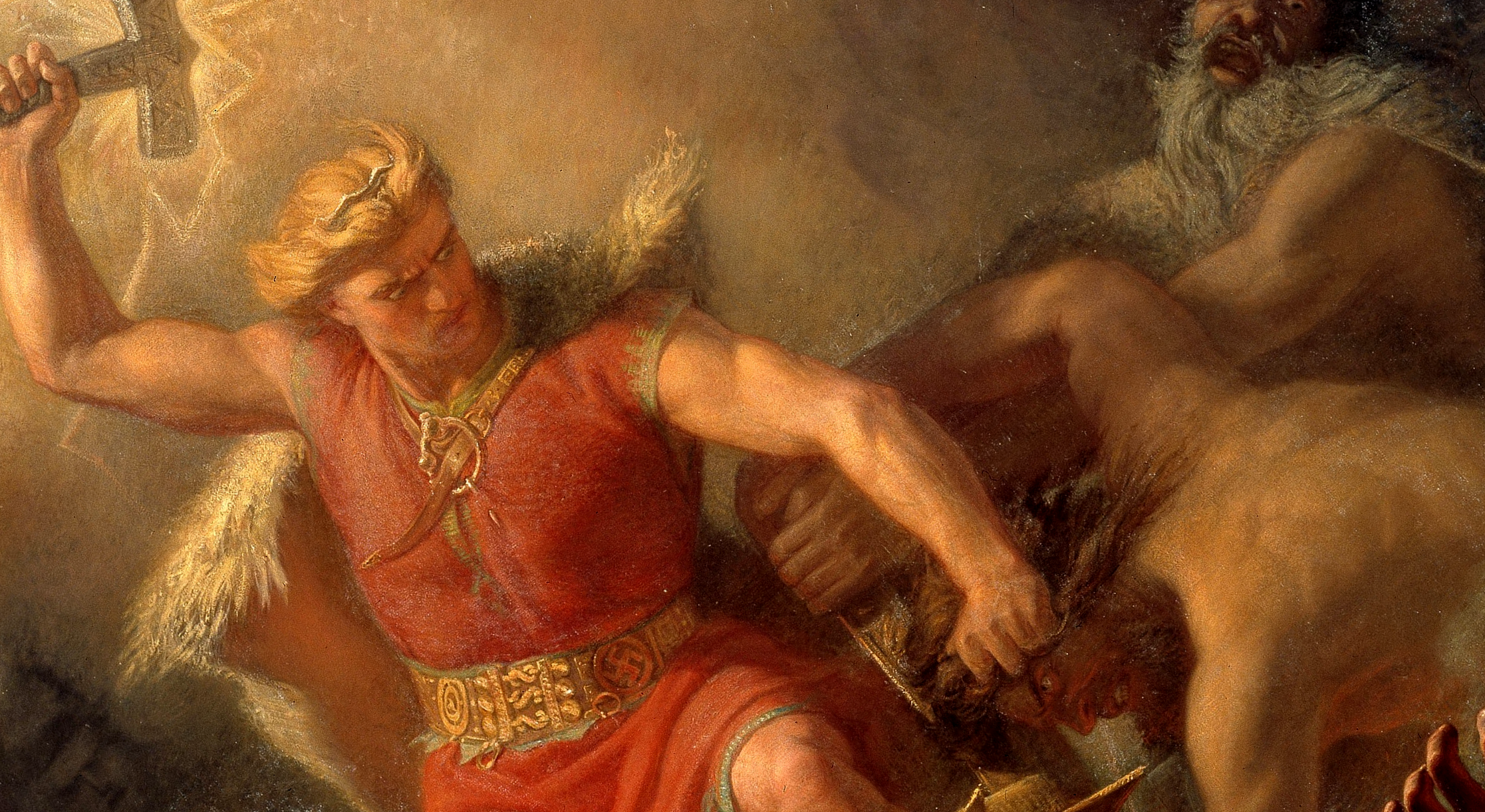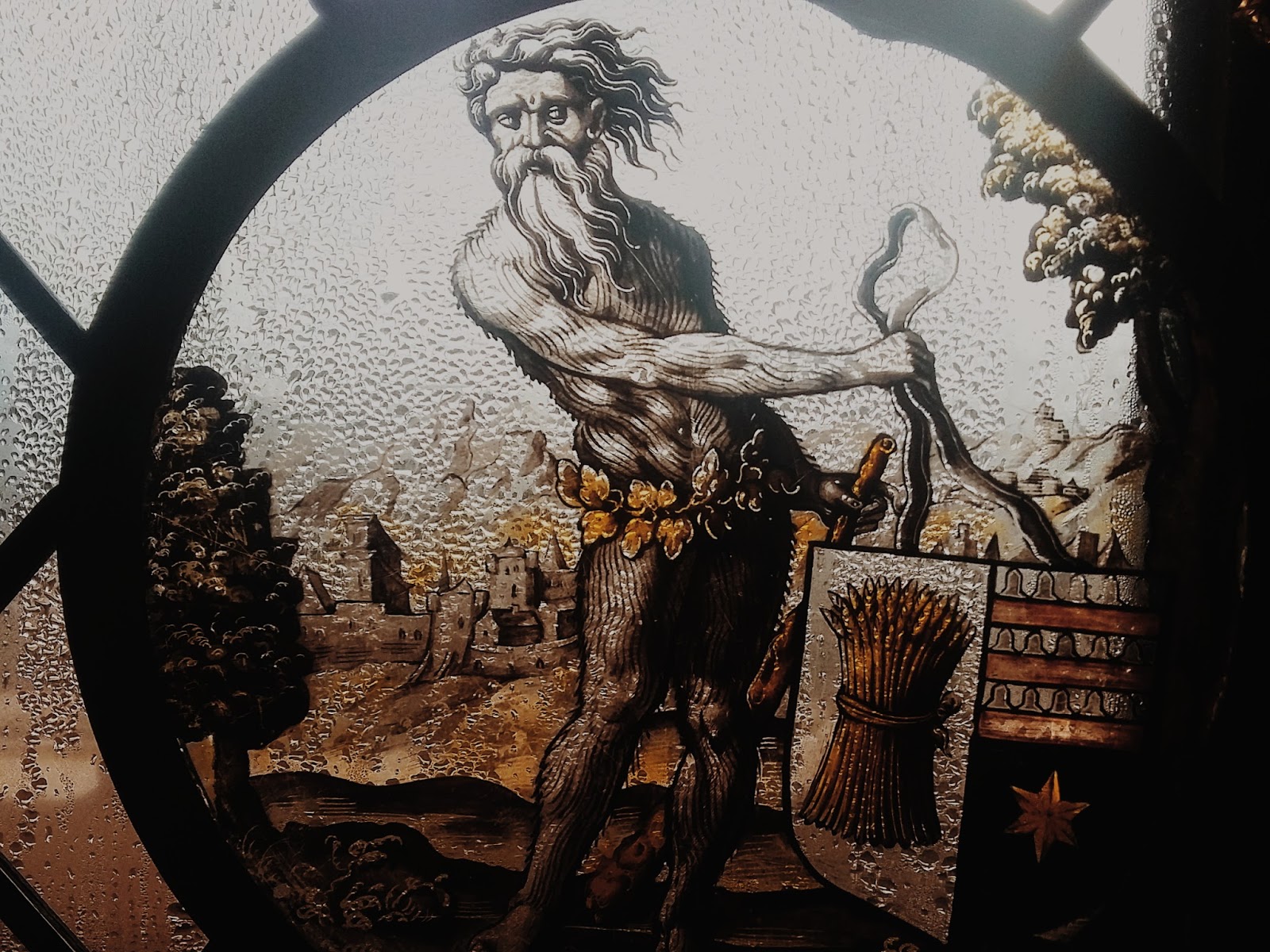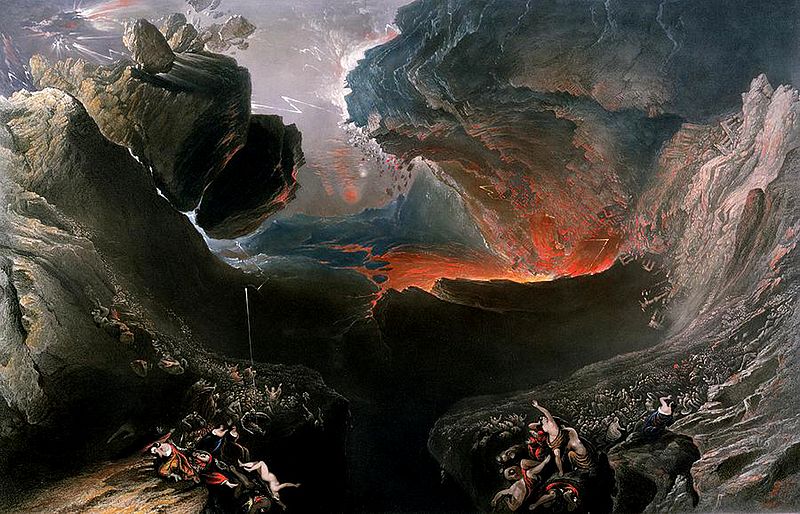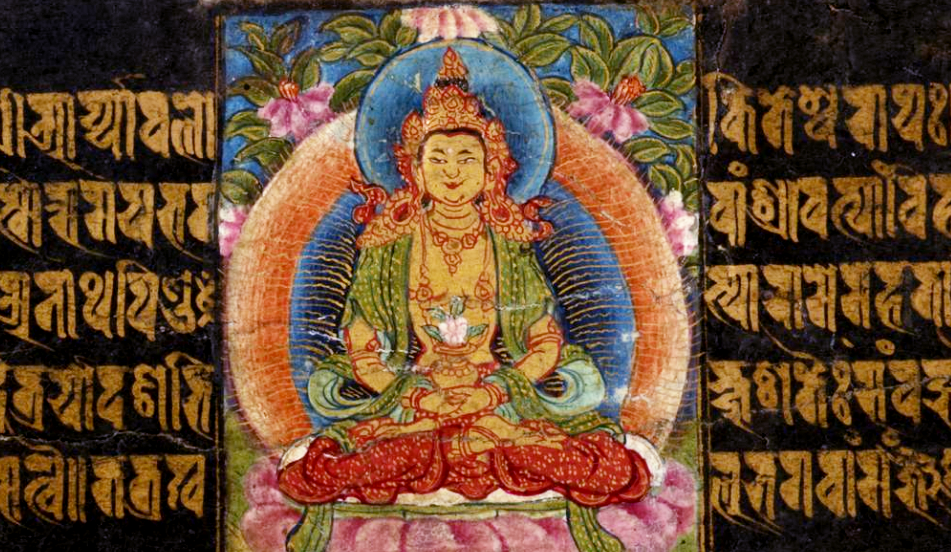The Viking Sword from Vik - A 1000 Year Old Heirloom?
/This summer, I had the pleasure of staying in a 18th century farmhouse, high in the slopes overlooking the historic valley of Gudbrandsdalen, Norway. There was much to be loved about it: Fragrant mountain air, smelly local pultost cheese, juniper ale, the screaming ghosts of Scottish mercenaries, and my favorite person at my side. Simple amenities only added to the charm.
Our hosts were a family of sheep farmers, though the old man who originally bought the farm back in the 1960's had since retired. Now spending his days weeding the carrot patch, and taking ritual weekend baths in his outfarm sauna. To call him a hippie would be too easy, though one might say he had a few of the associated qualities. He seemed like a character who sees the world around him with a grounded, but keen eye, laughing lots, always reading the landscape. He was courteous enough to show us around a bit, wording his concerns about climate change and how it had visibly affected the valley over the past few decades, pointing out ridges where old footpaths and shortcuts were slowly being erased by overgrowth.
The enthusiastic storyteller served up various tidbits of local history, which was highly welcome in our company. After all, visiting historical sites was half the motivation for our trip, and many gems are all too easily overlooked in a landscape as rich as Central Norway's. The candid perspectives of a local guide can't be beaten.
Surveying the landscape from the steep hillside, he pointed to a bend in the bottom of the valley where the Lågen river snakes Southwards. It was the farm Vik - apparently the birthplace of Saint Olaf, according to local legend. While it's hardly the first place to make the claim, I was unaware of this one. First and foremost, I knew the area as an important pagan cult center, associated with the Thor-worshiping chieftain Dale-Gubrand and his estate, Hundorp, further south.
Vik, 1907. Photo: Hans H. Lie / Maihaugen
I would later realize that I did know about this farm, Vik, after all. It was memorable for an entirely different reason, one that the old man had left out:The Vik sword, which is one of the most peculiar stray finds of Norwegian archaeology, though the term "find" is hardly a fitting description for an item that was never actually lost to begin with.
The Vik sword, an ancient heirloom?
In 1872, the Trondheim Museum of Science came in possession of a very special sword. It was of a kind that would later be dubbed a Petersen type Q sword of continental production, imported to Norway some time in the 10th century. That in itself does not particularly set it apart from other Viking Age swords, as most non-single-edged swords were imported. This one particular sword, however, is uniquely set apart by the fact that it shows no sign of ever having been in the ground. Presumably, it was passed down as an heirloom for just a hundred years shy of a millennium before it came into the hands of archaeologists, who described it with the following, brief words:
Sword of the typical Younger Iron Age shape, but peculiar in that it is entirely unscathed by rust, as it has not been in the ground. The blade is 31'' long, aprox. 2'' broad above. The fuller stops 2 1/4'' from the tip. The hilts are robust and slightly curved, 4'' and 2 1/4'' long. No upper pommel. 3 1/2'' between upper and lower guard. Been kept at Vik in Gudbrandsdalen in the old cottage that the legend calls St. Olaf's.
(Link to the catalog entry here)
Let's stop again for a moment and consider how baffling this is: First of all, most Viking Age swords are found in mortuary contexts. Those that are not, are often stray, accidental finds made in association with agricultural activity and construction. Most of these these, too, were likely put in graves that have since been erased.
Though the majority of viking swords were in fact produced on the continent, in the Frankish Empire or elsewhere, they are exceedingly rare to find outside of Scandinavia, or wherever Norsemen settled. This is almost entirely thanks to Viking Age mortuary practices, where swords were taken permanently out of circulation by being put in the ground, allowing archaeologists to find them later on. Wherever else, their metal was eventually re-purposed. Statistically, the odds of a sword changing hands continuously for a thousand years in a small, rural community is nothing short of a miracle.
The Vik sword (T921). Photo: NTNU
Recently, another miracle discovery was made in the highlands by Lesja, not far from the area in question, where a Viking Age sword of amazing condition had spent over a thousand years in a glacier, owing its condition to a combination of sub-zero temperatures, and a sheltered, well ventilated spot between the rocks. Despite this, it's got nothing on the from Vik in terms of conservation.
Though they might exist, I am not aware of any examples quite like it. There are however other artifacts which have been ascribed a similar provenance. One famous case being the so-called King Olaf's Helmet, a relic taken from Trondheim to Sweden in 1564, during the Northern Seven Years' War. In reality, it never belonged to the martyred king, and neither is it viking helmet, but a 15th century sallet, forged some 450 years after king Olaf's death.
In the humorous 19th century travelogue Three in Norway (by two of them), one of the two English narrators mention a visit to the farm Bjølstad in Heidal, which is right up the road from Vik. There their host Ivar Tofte (amiably nicknamed Bluebeard) presented them with a similar curiosity during a tour of the estate:
Bluebeard first took us through the state apartments, which contained many curious and interesting things of all ages, from an axe nearly a thousand years old, to a Birmingham plated teapot won at the Christiania horse show in 1860.
Of course, we don't know whether or not "Bluebeard" was correct: Knowledge about viking weapon typology was still crude in the 1880's, nearly 40 years before Jan Peteren published his dissertation on the chronology of Norwegian viking swords. As the story of the helmet of Saint Olaf proves; people without the help of modern archaeology couldn't be trusted to identify an object less than a hundred years old, let alone a thousand.
It's doubtful that a farmer would have been able to determine the age of a viking axe without consulting a specialist, which could also have been the case. Ivar Tofte seems to have been well connected, and was apparently somewhat of a local bigman. However, he could also have relied on local legend and hearsay when he claimed it was "almost a thousand years old". The authors go on to mention that he claimed descendance from Harold Fairhair, another important king, and ancestor of Saint Olaf.
It's speculative, but it makes me wonder if the more well-off farmers around the Gudbrandsdalen valley kept such artifacts to give credence to their claims of legendary ancestry. Demonstrating ties to the Norse past was very fashionable at the time, after all, with Norwegian identity going through a veritable renaissance. This was a time where formerly obscure pieces of Norse literature now being translated and widely distributed. Whatever the fate of the axe: No such artifact from Bjølstad is mentioned in the public record.
Bjølstad in 1926. Riksantikvaren.






































































